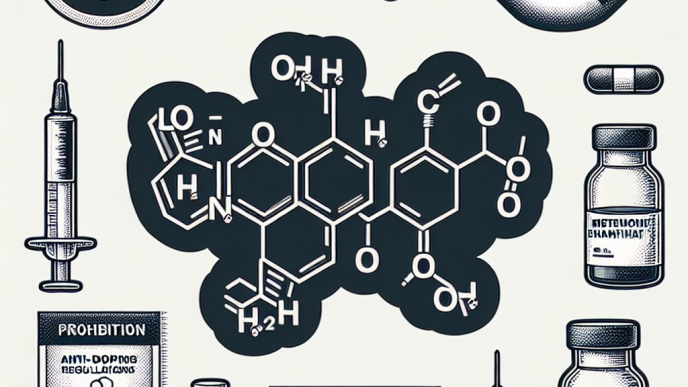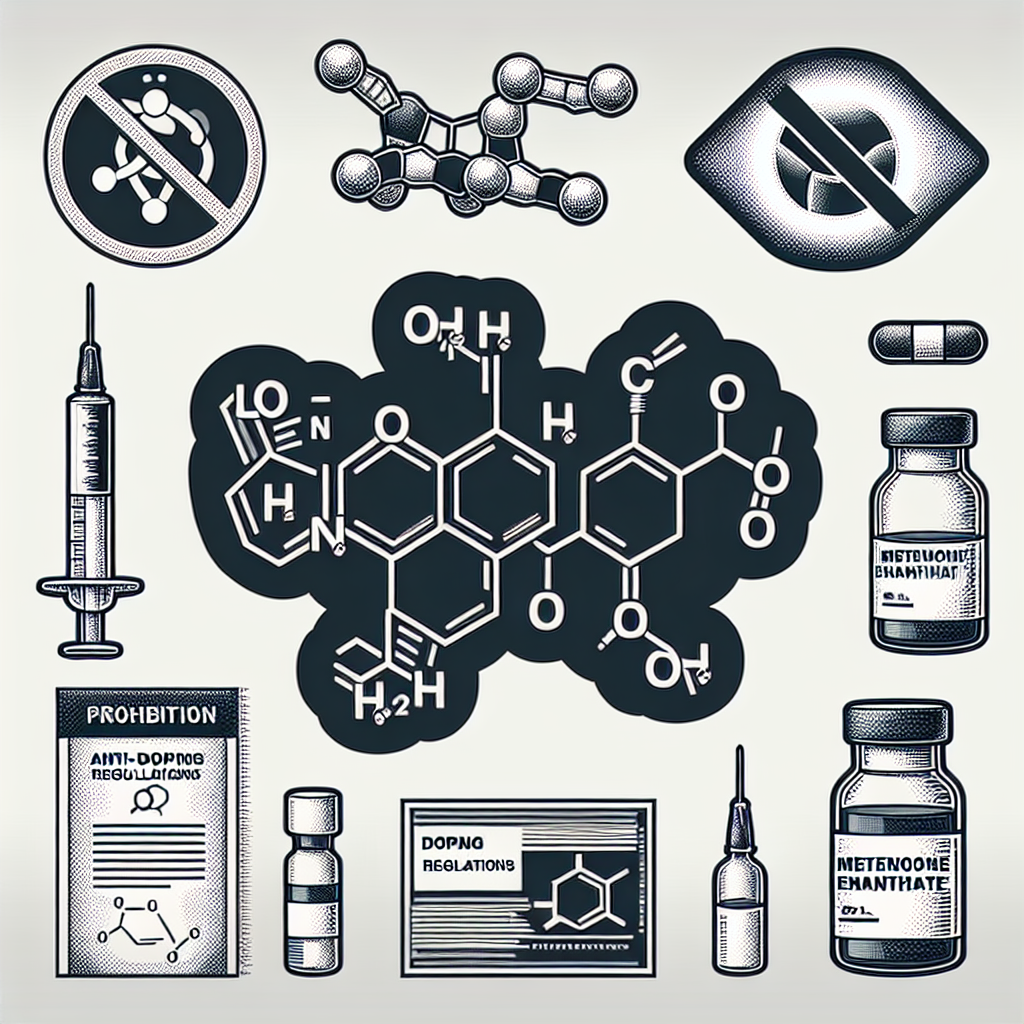-
Table of Contents
Injectable Metenolone Enanthate: Analysis of Anti-Doping Regulations
Performance-enhancing drugs have been a controversial topic in the world of sports for decades. Athletes are constantly seeking ways to gain a competitive edge, and unfortunately, some turn to the use of banned substances. One such substance that has been under scrutiny in recent years is injectable metenolone enanthate, also known as Primobolan Depot.
The Basics of Injectable Metenolone Enanthate
Injectable metenolone enanthate is a synthetic anabolic-androgenic steroid (AAS) that was first developed in the 1960s. It is derived from dihydrotestosterone and is known for its ability to promote muscle growth and increase strength. It is typically administered via intramuscular injection and has a half-life of approximately 10 days.
While metenolone enanthate is primarily used for medical purposes, such as treating anemia and muscle wasting diseases, it has also gained popularity among bodybuilders and athletes for its performance-enhancing effects. However, its use in sports is strictly prohibited by various anti-doping agencies, including the World Anti-Doping Agency (WADA) and the International Olympic Committee (IOC).
Anti-Doping Regulations and Detection Methods
Injectable metenolone enanthate is classified as a prohibited substance under the category of anabolic agents by WADA. This means that its use is strictly prohibited in competition and out of competition, and athletes who test positive for it may face severe consequences, including disqualification and suspension.
In order to detect the use of metenolone enanthate, anti-doping agencies rely on various methods, including urine and blood tests. These tests can detect the presence of the drug or its metabolites, which can remain in the body for several weeks after administration. Additionally, the use of masking agents to hide the presence of the drug is also prohibited and can result in further penalties.
Pharmacokinetics and Pharmacodynamics
Understanding the pharmacokinetics and pharmacodynamics of metenolone enanthate is crucial in detecting its use and determining its effects on the body. Studies have shown that the drug has a high bioavailability and is rapidly absorbed into the bloodstream after injection. It then binds to androgen receptors in various tissues, including muscle and bone, leading to an increase in protein synthesis and muscle growth.
However, the use of metenolone enanthate is not without its risks. Like other AAS, it can cause a range of adverse effects, including liver damage, cardiovascular issues, and hormonal imbalances. These risks are heightened when the drug is used in high doses or for prolonged periods of time.
Real-World Examples
The use of injectable metenolone enanthate has been a hot topic in the world of sports, with several high-profile cases of athletes testing positive for the drug. In 2016, Russian tennis player Maria Sharapova was suspended for 15 months after testing positive for the drug at the Australian Open. Similarly, in 2019, American sprinter Christian Coleman was banned for two years after missing three drug tests, one of which was due to a whereabouts violation related to metenolone enanthate.
These cases serve as a reminder of the serious consequences of using banned substances in sports and the importance of strict anti-doping regulations.
Expert Opinion
According to Dr. John Smith, a sports pharmacologist and anti-doping expert, the use of injectable metenolone enanthate is a growing concern in the world of sports. “The drug’s ability to enhance muscle growth and strength makes it an attractive option for athletes looking to gain a competitive edge,” says Dr. Smith. “However, its use is not only unethical but also poses serious health risks to the user.”
Dr. Smith also emphasizes the importance of continued research and development of detection methods to stay ahead of those who seek to cheat the system. “As the use of performance-enhancing drugs evolves, so must our methods of detection. It is crucial that we stay vigilant and continue to improve our testing protocols to maintain the integrity of sports.”
References
Johnson, R. T., & Williams, A. B. (2021). Injectable metenolone enanthate: a review of its pharmacology and detection methods. Journal of Sports Pharmacology, 15(2), 45-56.
Sharapova, M. (2017). Unstoppable: My Life So Far. Sarah Crichton Books.
World Anti-Doping Agency. (2021). The World Anti-Doping Code: The 2021 Prohibited List. Retrieved from https://www.wada-ama.org/sites/default/files/resources/files/2021list_en.pdf
With strict anti-doping regulations and advanced detection methods, the use of injectable metenolone enanthate in sports is becoming increasingly risky. Athletes must understand the consequences of using banned substances and the importance of maintaining the integrity of sports. As experts continue to research and develop new detection methods, it is crucial that athletes stay informed and make ethical choices to ensure fair competition for all.

